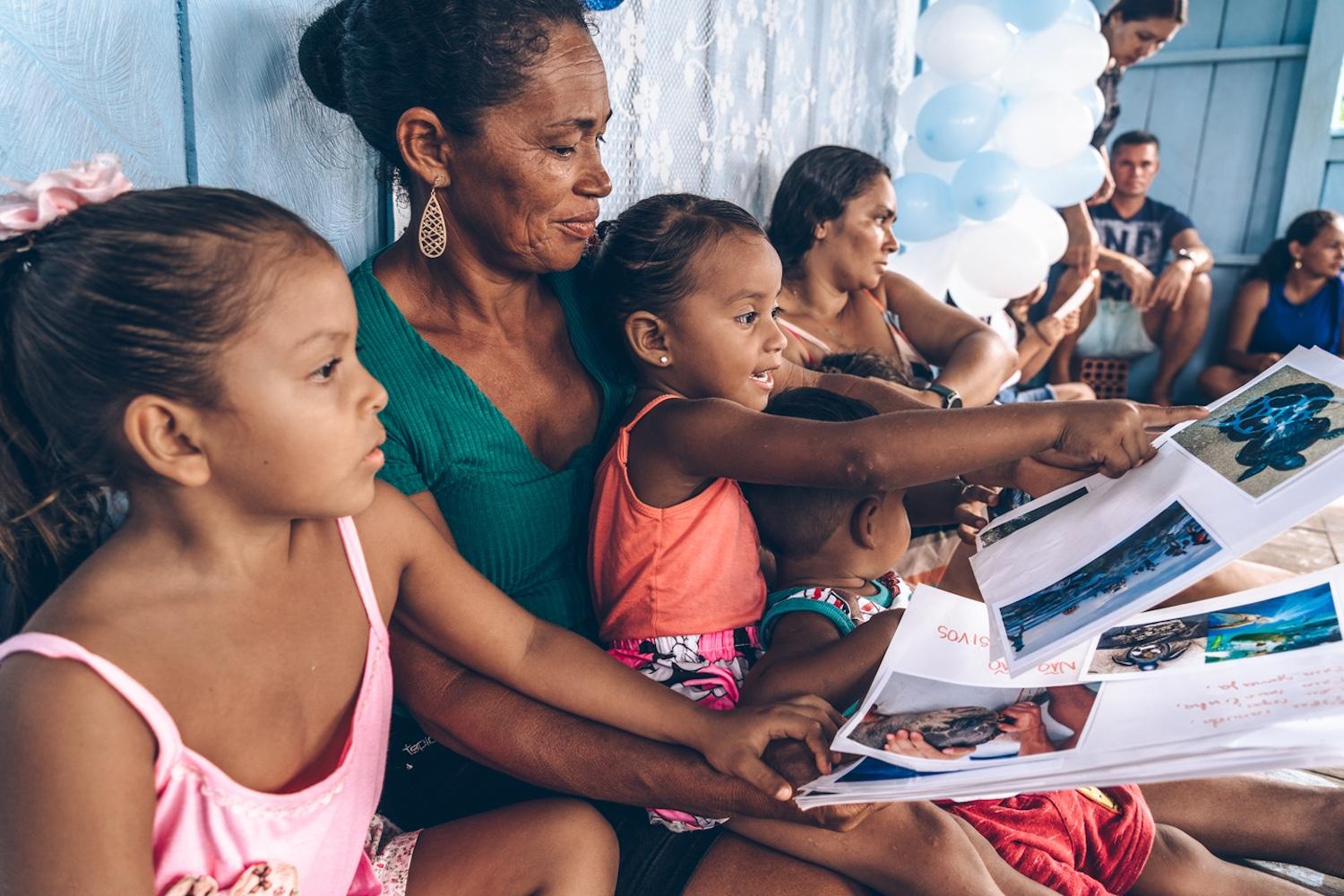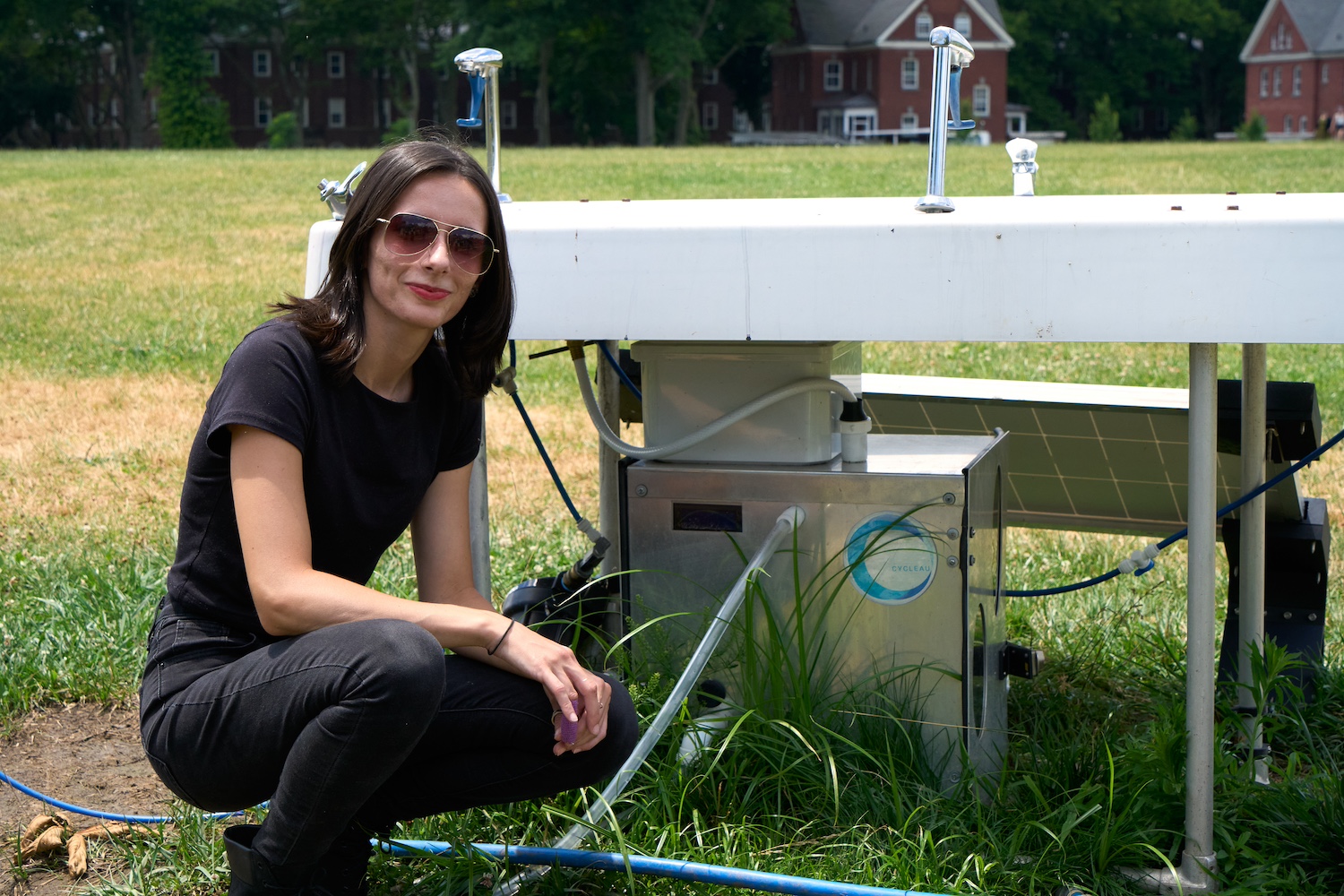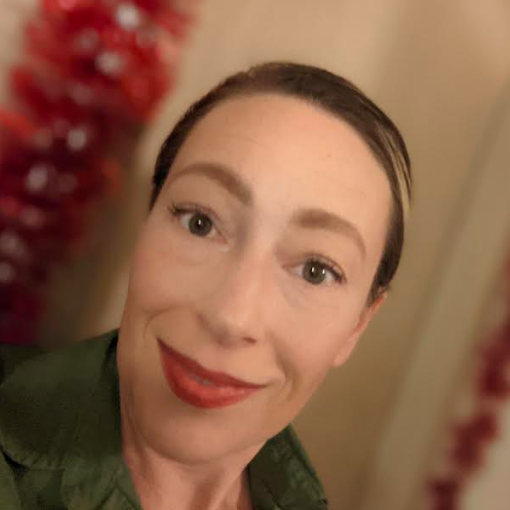
Children and adults participate in the Waterschool program in Brazil. (Image courtesy of the Swarovski Foundation.)
As members of a global community, we all have a role to play in working toward solutions. After all, collective effort is what drives large-scale change. This is especially true for brands. Their unique position in society requires social responsibility and grants them an important role in bettering the state of the world.
“I feel that all brands and all organizations should participate,” Jakhya Rahman-Corey, director of the Swarovski Foundation, told TriplePundit. “If we really want to have a tangible impact for the environment and for society, it's not just one group of people participating. I really think it's everyone.”
Coming together to tackle root problems
With so many challenges facing the planet, it’s easy to get bogged down in wondering where to start. But since many of these challenges are intertwined, there are some key areas that demand focus and can address multiple issues at once. It’s up to each entity to determine what action best fits its values. For its part, the Swarovski Foundation is taking aim at inequality through education — with the ultimate goal of promoting sustainable livelihoods, Rahman-Corey said.
“Education being the greatest tool we can use so people can feel empowered and make decisions as to what careers they may want to go into, and it further goes into a lens of equity, creativity and water,” she said.
Equity, creativity and water are the key components the foundation focuses on. Equitable access to social and educational resources is essential to harness the creativity necessary to solve social and environmental challenges, including the protection and promotion of clean drinking water. So the Swarovski Foundation offers a variety of programs and grants focused on education, career growth and creative problem solving.
Protecting water through education
Since less than 1 percent of the planet’s water is actually drinkable, water is a big part of the foundation’s educational programming. Many parts of the globe are already suffering from insufficient freshwater resources. The Bank of America Institute estimates freshwater could be depleted by 2040. And while demand has increased drastically over recent decades, new sources simply do not exist.
“How do we protect and preserve it?” Rahman-Corey said of the water dilemma. “And it's not just one country's issue. It's all of our issue. So how do we advance water security?”
In particular, the foundation supports international education through the Waterschool. The program got its start nearly 25 years ago in Austria — where Swarovski is based — as a way to promote the youth’s relationship with water, Rahman-Corey said. It has since expanded to share its curriculum with schools internationally, where students are taught how to protect the water and gain access to infrastructure. By educating youth on the interconnectedness of water, the program promotes responsible use and a better understanding of how our actions can impact water around the world.
“The Waterschool recognized … what happens in Austria may be similar to other countries, but also very different,” Rahman-Corey said. “And water is one of those things where it's not within boundaries, it is across boundaries. So what you do in Austria can have an impact in Brazil.”
Solving problems with creativity
The importance of water is also a common theme among participants of Creatives for Our Futures, a global education and grant program run by the Swarovski Foundation. For example, New York-based program alum Noemi Florea, built a greywater recycling system that produces potable water. And Nigerian alum Joshua Ichor created a monitoring system that detects water quality and quantity issues in freshwater pumped from boreholes — ensuring clean, safe water for communities while helping to maintain infrastructure.

Participants benefit from networking opportunities, one-on-one mentorships, masterclasses, grants to fund their work, and a trip to New York to present their projects at the United Nations headquarters. Six participants are selected each year based on their plan to creatively address a sustainability issue through art, architecture, design, fashion or engineering. The program operates in conjunction with the UN Office for Partnerships.
By presenting at the UN, participants are able to platform themselves. “They start to build relationships with people in the room, which [gives them] access to market and access to network,” Rahman-Corey said. “Going back to Joshua as an example … He's now invited practically every year for the United Nations General Assembly, so he can talk about his work.”
Expanding its reach
The Swarovski Foundation is expanding its programming with four new charity partners, one of which is ThinkForward — a charity that helps youth inform marginalized communities in the United Kingdom realize greater career goals. Participants receive formal education support, informal education support and tools that help them consider positions they may have thought were out of reach, Rahman-Corey said.
As an example of how it works, she cited an event where a group of youth came to the Swarovski Foundation office to learn about the staff’s career journeys. While many assumed they would need a university degree, the staff panel relayed that they had actually followed different paths — arriving through apprenticeships, networking, or working up to their position from a young age.
It opened up a dialogue that led to questions about their interests and passions, as well as offers to help participants make connections. “This is what I like about ThinkForward,” Rahman-Corey said. “It's not a rigid system at all. They have coaches who support young people's journeys. But I think having that dialogue is important.”
Change takes time and collective effort
Advancing equity won’t happen overnight, and Rahman-Corey is well aware of the limitations. “That can't be done in a year,” she said, referring to the goal of seeing women’s income rise above the poverty line as an example. “That is done over several years of partnership.”
No one brand or company can affect major change on its own, but individual effort still makes an impact.
“If one person, two people [make a change] it becomes a ripple effect. So I think there is the individual side of things, and then it goes back to society,” Rahman-Coreye said. “It goes back to this whole consensus that everyone needs to participate. Engagement with ESG [environmental, social and governance], sustainability matters, philanthropy — I think all bodies should be engaging in this.”

Riya Anne Polcastro is an author, photographer and adventurer based out of Baja California Sur, México. She enjoys writing just about anything, from gritty fiction to business and environmental issues. She is especially interested in how sustainability can be harnessed to encourage economic and environmental equity between the Global South and North. One day she hopes to travel the world with nothing but a backpack and her trusty laptop.














